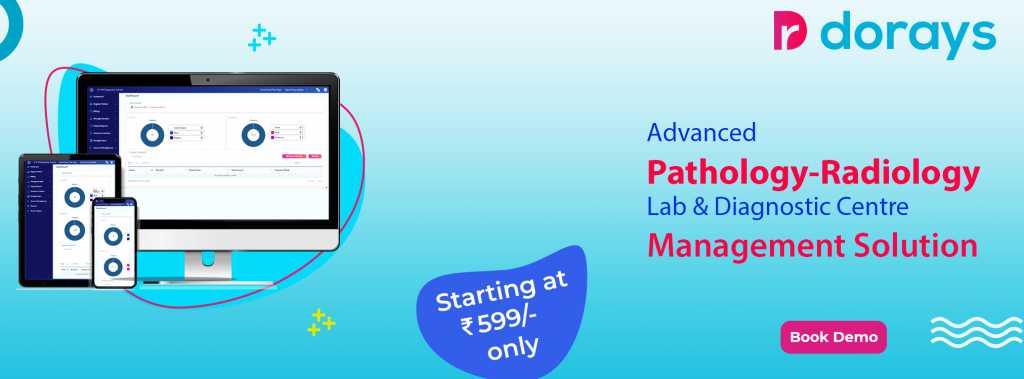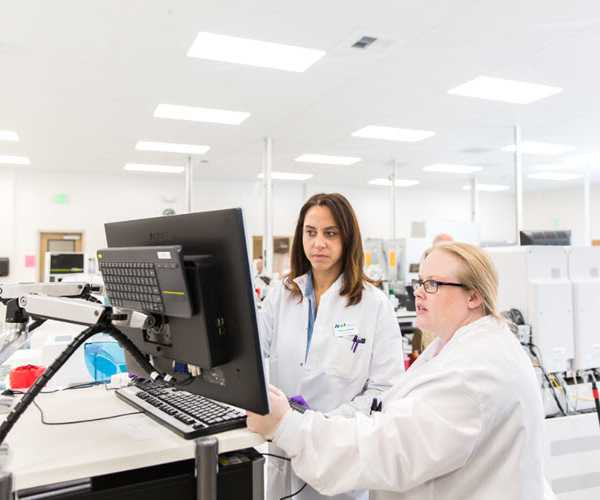The healthcare business, particularly pathological facilities, is in turmoil. The COVID-19 outbreak has resulted in drastic surges over the few months, accelerating recent trends and adding new ones. Digital revolution and automating of laboratories are essential in today’s scenario.
The pathology lab management software is a significant technical achievement that has enabled facilities to properly handle specimens and maintain relevant data, resulting in inappropriate interaction between users such as patients, physicians, and laboratory researchers. It aids in various duties such as invoicing, preserving past data, accountancy, patient information, and so on. But there are some of the features that every pathology management software must-have, which are as follows!

Pathology Lab Software Features
1) Reporting
The most major element is reporting. A company must understand all the information about its products and have rapid access to specific facts of each product to provide correct information to its customers and keep its stock updated. For example, it may be used to inform customers about when the tests will be done, how much the test cost, etc. It also aids in managing inventory because the firm maintains all the product-related information, such as how often the item is used and whether it is available. This information is critical in data processing, monitoring, and audit trailing.
2) Batch Processing Administration
Pathology Lab Management Software is quite beneficial in automating management’s job flow. When all of the previous databases are integrated and automated record keeping is used, it will allocate jobs to the scientists and recommend equipment based on the data and records given. This role assists the organization in efficiently and successfully managing the entire process.
Also Read: The Importance of Pathology Lab Management Software
3) ERP
ERP coupled with this software is a boon to the business. ERP can assist you in having access to the total stock at all time points. With a few taps, you may obtain low-supply warnings, automatic calculation of shortages, storage capacities, and location management. These facilities can make the company’s job easier and allow them to focus on other vital areas of the facility.
Effective management enables you to retain quality while keeping up with an expanding workflow. It is best to select a skilled developer who can create high-quality software and recommend features based on your company’s needs and budget.
4) Handling of Reports
You can rapidly locate the most frequently used devices, how extensive your specimen bottleneck is, and the average lab processing time. This information is extremely useful in data-analysis auditing and audit trailing.
5) Data Analysis and Result Generation
Each diagnostic laboratory produces raw sample data from various equipment, and every file has its distinct format and naming standards. The pathology lab management system must collect this information correctly, and it can be challenging to ensure that every data is correctly connected with the particular sample.
Once all testing data has been appropriately connected for each specimen, the LIMS must evaluate the specimen and respond in real-time. The LIMS initially evaluates any tests performed alongside specimens and then analyses the specimen. Lastly, if testing is performed numerous times, it examines the potential re-testing data.
Key Takeaway!
Pathology Lab Management Software provides several advantages to labs, including improved productivity, lower costs, more client satisfaction, and greater compliance with relevant quality and legal requirements. If you’re searching for a LIMS solution, you must look for these features in the software.







Leave a Comment